
96 posts
Latest Posts by karlfelersii - Page 2

In the winter of 1995, scientists pointed the Hubble Telescope at an area of the sky near the Big Dipper, a spot that was dark and out of the way of light pollution from surrounding stars. The location was apparently empty, and the whole endeavor was risky. What, if anything, was going to show up? Over ten consecutive days, the telescope took close to 150 hours of exposure of that same area. And what came back was nothing short of spectacular: an image of over 1,500 distinct galaxies glimmering in a tiny sliver of the universe.
Now, let’s take a step back to understand the scale of this image. If you were to take a ballpoint pen and hold it at arm’s length in front of the night sky, focusing on its very tip, that is what the Hubble Telescope captured in its first Deep Field image. In other words, those 3,000 galaxies were seen in just a tiny speck of the universe, approximately one two-millionth of the night sky.
So the next time you stand gazing up at the night sky, take a moment to think about the enormity of what is beyond your vision, out in the dark spaces between the stars.
From the TED-Ed Lesson How small are we in the scale of the universe? - Alex Hofeldt
Animation by Yukai Du
6 Reasons Why Smart People Cant Find Happiness
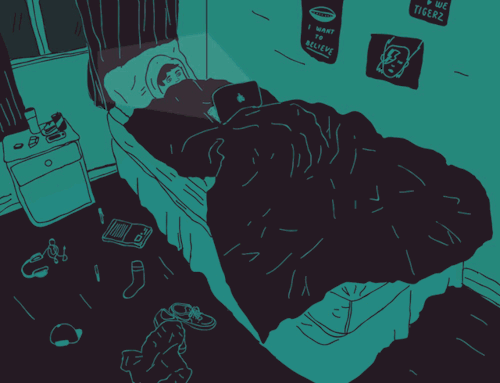
Happiness is the feeling of contentment and satisfaction that is craved by many but only achieved by some. Happiness is relative and subjective. But for many successful individuals, the presence of a great family life and a flourishing career is often not enough. On some occasions these do not prevent an smart individual from feeling a sense of loneliness, often sadness and melancholy.
Here are six psychological reasons why smart people have a harder time finding happiness.
1. Intelligent people over-analyze
Many individuals with high levels of intelligence often over think and analyze everything that occurs in their life and surroundings. While their ability to analyze things is a great asset, the constant analysis of everything often lead to frustrations especially when coming up with an undesired conclusion.
Being able to see through people’s intentions is a burden that most people don’t get to carry. Oftentimes, knowing how ugly the real world is like is……
Continue Reading Here




✧ Visit our website: psych2go.net ✧
Ψ Follow @psych2go for more Ψ
8 Everyday Habits That Are Making You Anxious

Anxiety disorders affect nearly 20% of adults in North America. That’s about 40 million people! Many researchers estimate that this number is actually closer to 30% since there are many people who suffer undiagnosed anxiety symptoms or aren’t even aware they have anxiety at all.
Sometimes, it feels like anxiety has become a part of modern-day life, and it’s something many of us just have to deal with. In a way, it’s true. The stress of school and the workplace leaves 41% of employees and over half of all college/university students suffering from high levels of anxiety.
Sometimes it just feels good to go home, and indulge in some well-deserved vices. We’ve all had the all-so-satisfying feeling of planting our butts in our couches and binge-watching our favorite Netflix shows while eating pizza. But as tempting and amazing as that sounds, is it really the best thing for us? As it turns out, some of our guilty pleasures may be agitating our anxiety instead of reducing it.
Here are 8 everyday habits that may be stressing you out more than you know.
1. Being a Couch Potato
Yes, your daily activeness has a direct effect on your mood. Regular exercise is important in maintaining your mental health because it reduces stress! According to the ADAA, even just 10 minutes of exercise a day – though 30 minutes of daily exercise is recommended – can improve alertness and concentration. Exercise produces endorphins, which reduce stress. When you spend all day huddled up in bed or on your sofa, you…..
Continue Reading Here




✨ Follow @psych2go for more! ✨
✧ Check out our website here ✧
The 4 Attachment Styles in Love

Do you ever think about why you’re more inclined to attract or be attracted to certain types of people? Or why the people you’ve dated in the past weren’t as compatible with you as you thought? Love involves constant choice, commitment, and work—which all demand an intuitive understanding both of your partner and of yourself. One useful piece of information is learning about you and your partner’s attachment styles.
The intent of learning about attachment styles isn’t to box love up neatly into categories (that’s absurd), nor does it mean you’re stuck with one attachment style forever. In fact, it’s important to note that as time goes on, your attachment style can change from the way you evolve as a lover. If things have been fragile between you and your partner, realize that this is your chance to grow. You can start from self-examination and learn how to be a better person. Psych2Goshares with you the 4 attachment styles in love:
1. Secure
When you have a secure attachment style, you have a great advantage in love. You feel comfortable going to your partner when something is off and, in return, you allow your partner absolute freedom. People with a secure attachment style tend to…….
Continue Reading Here
WHAT IS YOUR SOUL ELEMENT?

What is your soul element? Are you the master of fire, the controller of water, the bender of air, or the assembler of earth?
Take this test to know

Brain waves reflect different types of learning
Figuring out how to pedal a bike and memorizing the rules of chess require two different types of learning, and now for the first time, researchers have been able to distinguish each type of learning by the brain-wave patterns it produces.
These distinct neural signatures could guide scientists as they study the underlying neurobiology of how we both learn motor skills and work through complex cognitive tasks, says Earl K. Miller, the Picower Professor of Neuroscience at the Picower Institute for Learning and Memory and the Department of Brain and Cognitive Sciences, and senior author of a paper describing the findings in the Oct. 11 edition of Neuron.
When neurons fire, they produce electrical signals that combine to form brain waves that oscillate at different frequencies. “Our ultimate goal is to help people with learning and memory deficits,” notes Miller. “We might find a way to stimulate the human brain or optimize training techniques to mitigate those deficits.”
The neural signatures could help identify changes in learning strategies that occur in diseases such as Alzheimer’s, with an eye to diagnosing these diseases earlier or enhancing certain types of learning to help patients cope with the disorder, says Roman F. Loonis, a graduate student in the Miller Lab and first author of the paper. Picower Institute research scientist Scott L. Brincat and former MIT postdoc Evan G. Antzoulatos, now at the University of California at Davis, are co-authors.
Explicit versus implicit learning
Scientists used to think all learning was the same, Miller explains, until they learned about patients such as the famous Henry Molaison or “H.M.,” who developed severe amnesia in 1953 after having part of his brain removed in an operation to control his epileptic seizures. Molaison couldn’t remember eating breakfast a few minutes after the meal, but he was able to learn and retain motor skills that he learned, such as tracing objects like a five-pointed star in a mirror.
“H.M. and other amnesiacs got better at these skills over time, even though they had no memory of doing these things before,” Miller says.
The divide revealed that the brain engages in two types of learning and memory — explicit and implicit.
Explicit learning “is learning that you have conscious awareness of, when you think about what you’re learning and you can articulate what you’ve learned, like memorizing a long passage in a book or learning the steps of a complex game like chess,” Miller explains.
“Implicit learning is the opposite. You might call it motor skill learning or muscle memory, the kind of learning that you don’t have conscious access to, like learning to ride a bike or to juggle,” he adds. “By doing it you get better and better at it, but you can’t really articulate what you’re learning.”
Many tasks, like learning to play a new piece of music, require both kinds of learning, he notes.
Brain waves from earlier studies
When the MIT researchers studied the behavior of animals learning different tasks, they found signs that different tasks might require either explicit or implicit learning. In tasks that required comparing and matching two things, for instance, the animals appeared to use both correct and incorrect answers to improve their next matches, indicating an explicit form of learning. But in a task where the animals learned to move their gaze one direction or another in response to different visual patterns, they only improved their performance in response to correct answers, suggesting implicit learning.
What’s more, the researchers found, these different types of behavior are accompanied by different patterns of brain waves.
During explicit learning tasks, there was an increase in alpha2-beta brain waves (oscillating at 10-30 hertz) following a correct choice, and an increase delta-theta waves (3-7 hertz) after an incorrect choice. The alpha2-beta waves increased with learning during explicit tasks, then decreased as learning progressed. The researchers also saw signs of a neural spike in activity that occurs in response to behavioral errors, called event-related negativity, only in the tasks that were thought to require explicit learning.
The increase in alpha-2-beta brain waves during explicit learning “could reflect the building of a model of the task,” Miller explains. “And then after the animal learns the task, the alpha-beta rhythms then drop off, because the model is already built.”
By contrast, delta-theta rhythms only increased with correct answers during an implicit learning task, and they decreased during learning. Miller says this pattern could reflect neural “rewiring” that encodes the motor skill during learning.
“This showed us that there are different mechanisms at play during explicit versus implicit learning,” he notes.
Future Boost to Learning
Loonis says the brain wave signatures might be especially useful in shaping how we teach or train a person as they learn a specific task. “If we can detect the kind of learning that’s going on, then we may be able to enhance or provide better feedback for that individual,” he says. “For instance, if they are using implicit learning more, that means they’re more likely relying on positive feedback, and we could modify their learning to take advantage of that.”
The neural signatures could also help detect disorders such as Alzheimer’s disease at an earlier stage, Loonis says. “In Alzheimer’s, a kind of explicit fact learning disappears with dementia, and there can be a reversion to a different kind of implicit learning,” he explains. “Because the one learning system is down, you have to rely on another one.”
Earlier studies have shown that certain parts of the brain such as the hippocampus are more closely related to explicit learning, while areas such as the basal ganglia are more involved in implicit learning. But Miller says that the brain wave study indicates “a lot of overlap in these two systems. They share a lot of the same neural networks.”
6 Ways to Survive Parties as an Introvert

There’s a reason why introverts aren’t usually particularly fond of parties—too much stimulation and small talk, but not enough authenticity and quiet. And yet, like most things in life, sometimes parties are inevitable. So, why do we do it? Why do we spend long Friday nights out feeling lonelier than when we’re alone? Because despite hating the peer pressure we face making bad decisions, we hate not participating even more. We hate not knowing. But there are ways to make good decisions and enjoy parties, rather than seeing them as mere social obligations. Psych2Go shares with you 6 ways to survive parties as an introvert:
1. Know when it’s worth it to go out.
It’s okay to be selective about which parties to attend. In fact, it’s smart to choose what works best for you. You don’t have to go to every event you’re invited to. It’s similar to dating. If we spent all our time trying to date everyone, it would lose meaning. We’re not compatible with every person that we meet, and the same applies to parties. It’s okay to skip out…
Continue Reading Here
The 5 Languages of Love: Can You Read Your Lover as Well as You Think?

Communication problems are an extremely common issue in budding relationships. Why don’t they compliment you more often? Don’t they appreciate it when you present them with thoughtful gifts? More often than not, small questions like this can lead to much larger arguments that question affections and intentions. But what if (stay with me here) they aren’t trying to purposely hurt your feelings by brushing off your displays of affection? What if your way of saying “I love you” is just different than theirs (whaaaaat!?)?
Let me tell you about Dr. Gary Demonte Chapman. Chapman is a Ph.D. and church pastor who has dedicated his time to understanding the interworkings of relationships. Chapman coined the concept of “love languages”, explaining that we tend to express and receive love in five ways:
Words of affirmation
…..
…..
…..
…..
Continue Reading Here
The French Netflix uploaded this on twitter…….
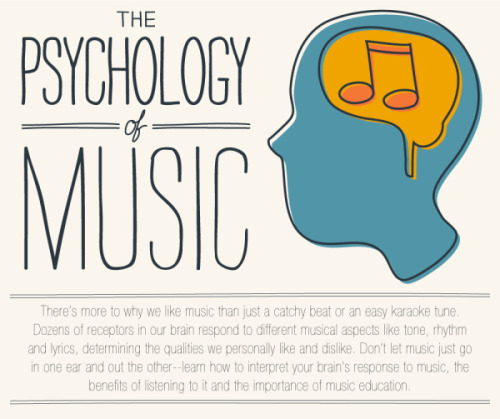
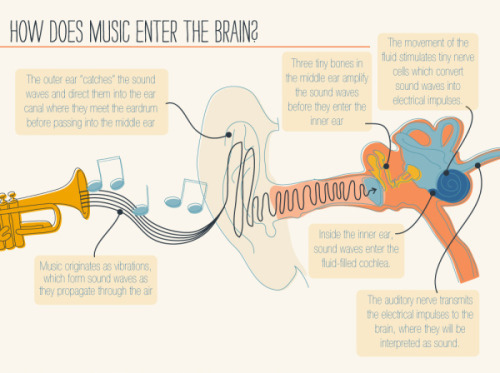
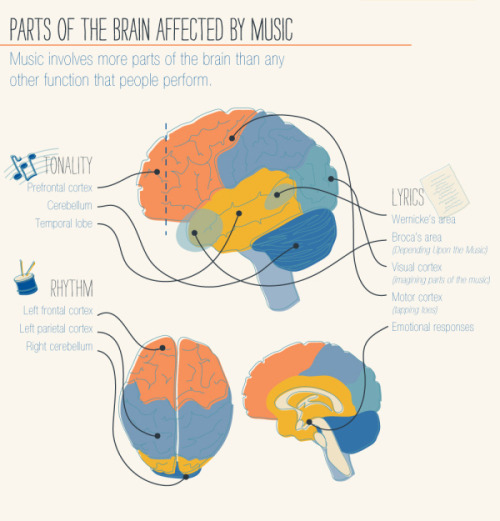
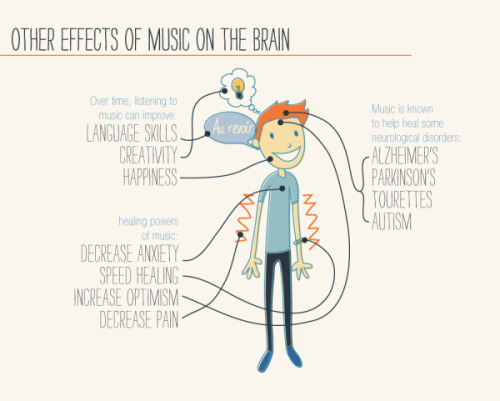
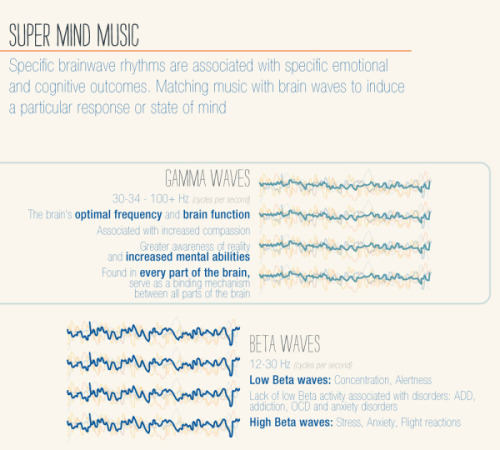
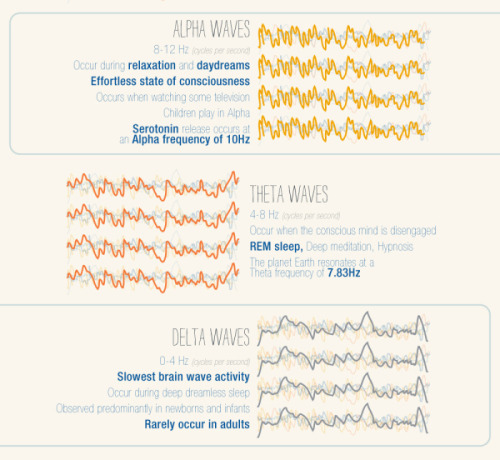
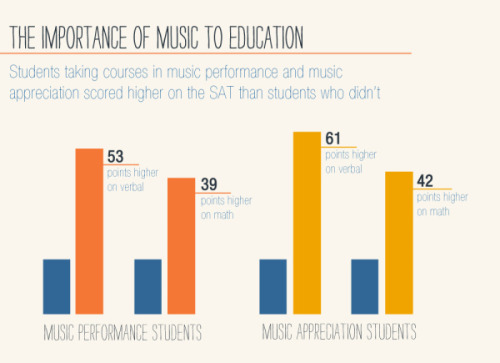



For more posts like these, go to @mypsychology
Dreamland, the Power of Lucid Dreaming

Have you ever had the experience of wondering if what was happening to you was a dream or real? If so, you’ve likely experienced a lucid dream.
A lucid dream is a dream in which you know you are dreaming. During lucid dreaming, you can control the characters, the environment, the narrative, and the outcome of the dream.
Is it really a thing? It is. I have experienced a lucid dream, though, I didn’t know that’s what it was at the time. I didn’t realize I could lucid dream until I did some research as to what lucid dreaming was all about….
What is Lucid Dreaming?
Is it Really a ‘Thing’?
What Can You Get Out of It?
How do you do it?
▻ Read All About It Here ◅
Dreamland, the Power of Lucid Dreaming

Have you ever had the experience of wondering if what was happening to you was a dream or real? If so, you’ve likely experienced a lucid dream.
A lucid dream is a dream in which you know you are dreaming. During lucid dreaming, you can control the characters, the environment, the narrative, and the outcome of the dream.
Is it really a thing? It is. I have experienced a lucid dream, though, I didn’t know that’s what it was at the time. I didn’t realize I could lucid dream until I did some research as to what lucid dreaming was all about….
What is Lucid Dreaming?
Is it Really a ‘Thing’?
What Can You Get Out of It?
How do you do it?
▻ Read All About It Here ◅










For more posts like these, go to @mypsychology


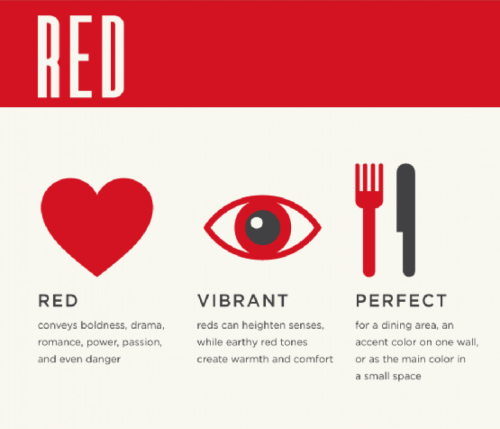
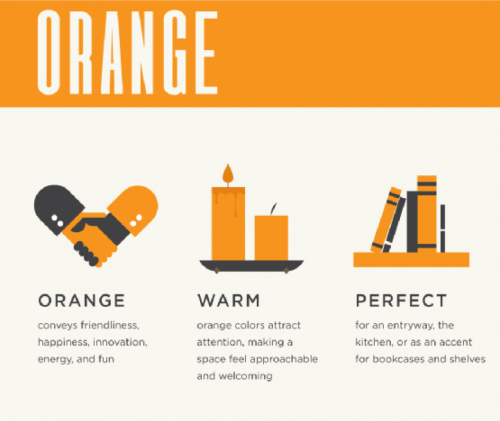

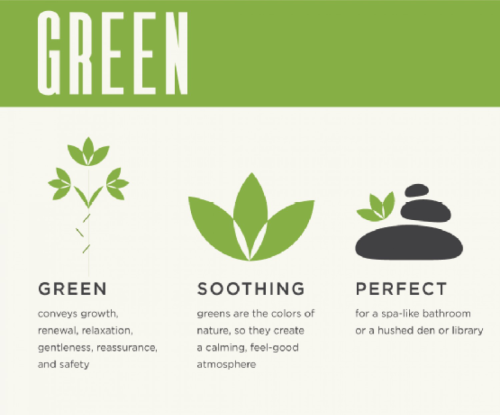

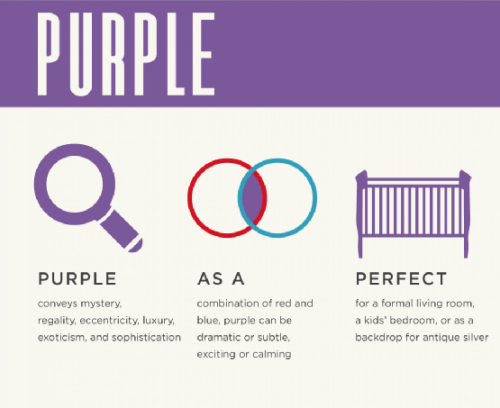


For more posts like these, go to @mypsychology

This blog is Dedicated to anyone suffering from Anxiety! Please Follow Us if You Can Relate: ANXIETYPROBLEMS

For more posts like this go to @mypsychology





For more posts like these, go to @mypsychology











For more posts like these, go to @mypsychology

Submitted by musiq4thieves
For more posts like these, go visit psych2go
Psych2go features various psychological findings and myths. In the future, psych2go attempts to include sources to posts for the for the purpose of generating discussions and commentaries. This will give readers a chance to critically examine psychology.
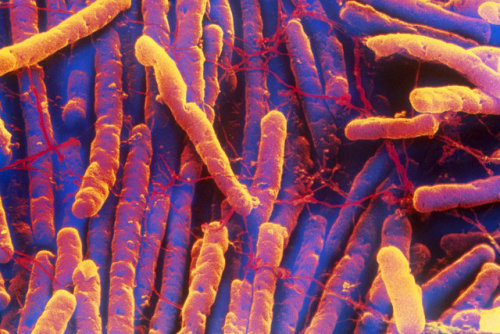
Go hygiene!
C. Diff Infections Are Falling, Thanks To Better Cleaning And Fewer Antibiotics
The risk of getting a deadly, treatment-resistant infection in a hospital or nursing home is dropping for the first time in decades, thanks to new guidelines on antibiotic use and stricter cleaning standards in care facilities.
The rate of new Clostridium difficile or C. diff infections climbed year after year from 2000 to 2010, researchers found. But an early look at 2011-2014 data from the Centers for Disease Control and Prevention’s Emerging Infections Program suggests infection rates are improving.
“Preliminary analyses suggest a 9 to 15 percent decrease in health care [C. diff] incidence nationally,” says Dr. Alice Guh, a medical officer at the CDC. “It’s very encouraging, but there’s still a lot to do.”
C. diff infections, which rose for decades, are now falling, according to the CDC. David Phillips/Science Source

Can we teach computers how to smell?
Researchers from IBM and Rockefeller University are trying to sniff out the answer. Smell may be the least understood of the five senses, so the team trained software to identify scents in order to learn more about how our brains perceive them. Their results prove for the first time that a scent can be predicted based on its molecular structure. Ultimately, as their database of scents grows, the predictions will become even more on the nose.
Learn how they did it →









Top 10 Biggest Brain Damaging Habits
1. No Breakfast
People who do not take breakfast are going to have a lower blood sugar level.This leads to an insufficient supply of nutrients to the brain causing brain degeneration.
2. Overreacting
It causes hardening of the brain arteries, leading to a decrease in mental power.
3. Smoking
It causes multiple brain shrinkage and may lead to Alzheimer disease.
4. High Sugar consumption
Too much sugar will interrupt the absorption of proteins and nutrients causing malnutrition and may interfere with brain development.
5. Air Pollution
The brain is the largest oxygen consumer in our body. Inhaling polluted air decreases the supply of oxygen to the brain, bringing about a decrease in brain efficiency.
6. Sleep Deprivation
Sleep allows our brain to rest. Long term deprivation from sleep will accelerate the death of brain
7. Head covered while sleeping
Sleeping with the head covered, increases the concentration of carbon dioxide and decrease concentration of oxygen that may lead to brain damaging effects.
8. Working your brain during illness
Working hard or studying with sickness may lead to a decrease in effectiveness of the brain as well as damage the brain.
9. Talking Rarely
Intellectual conversations will promote the efficiency of the brain.
10. Lacking in stimulating thoughts
Thinking is the best way to train our brain, lacking in brain stimulation thoughts may cause brain shrinkage.

New Western University research shows that neurons in the part of the brain found to be abnormal in psychosis are also important in helping people distinguish between reality and imagination.
The researchers, Dr. Julio Martinez-Trujillo, principal investigator and professor at Western University’s Schulich School of Medicine & Dentistry and Dr. Diego Mendoza-Halliday, postdoctoral researcher at M.I.T., investigated how the brain codes visual information in reality versus abstract information in our working memory and how those differences are distributed across neurons in the lateral prefrontal cortex region of the brain. The results were published today in Nature Communications.
“Neuronal population coding of perceived and memorized visual features in the lateral prefrontal cortex” by Diego Mendoza-Halliday & Julio C. Martinez-Trujillo in Nature Communications. Published online June 1 2017 doi:10.1038/ncomms15471
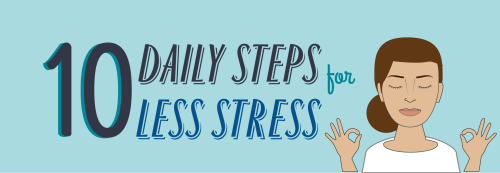

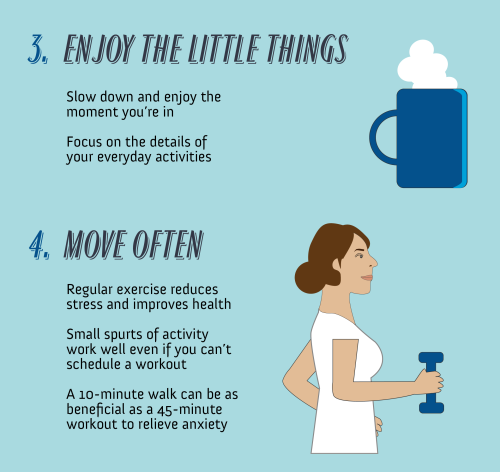
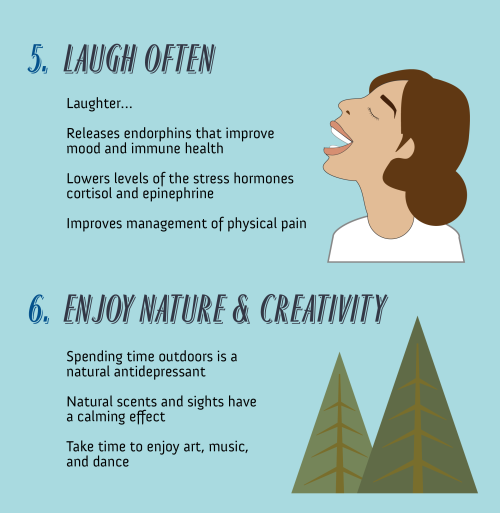
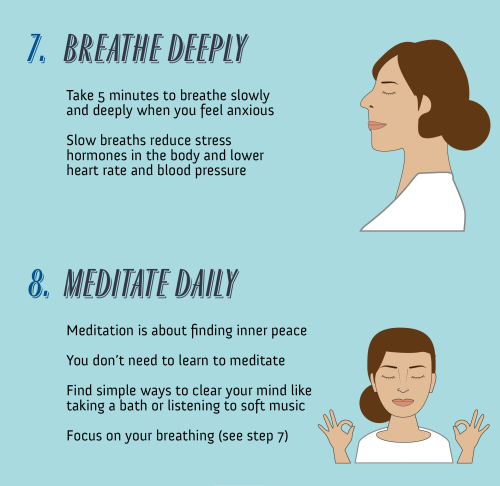
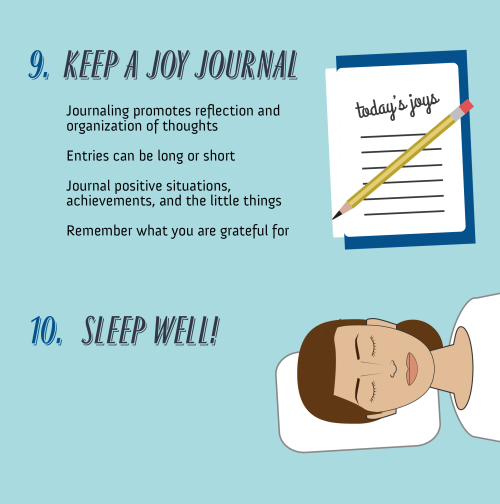

For more posts like these, go to @mypsychology







For more posts like these, go to @mypsychology